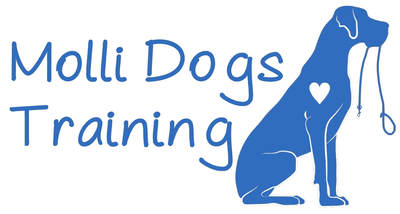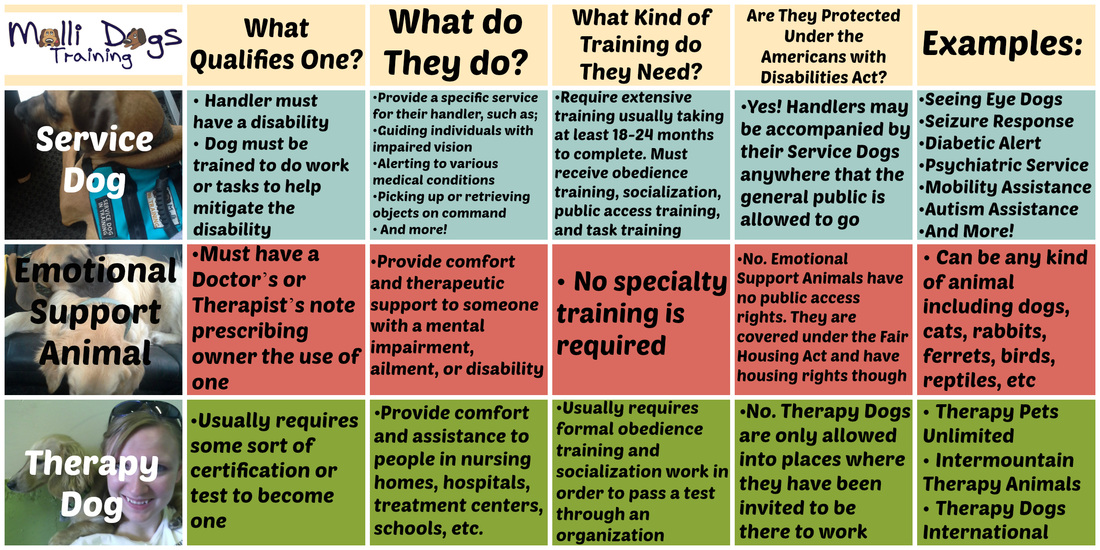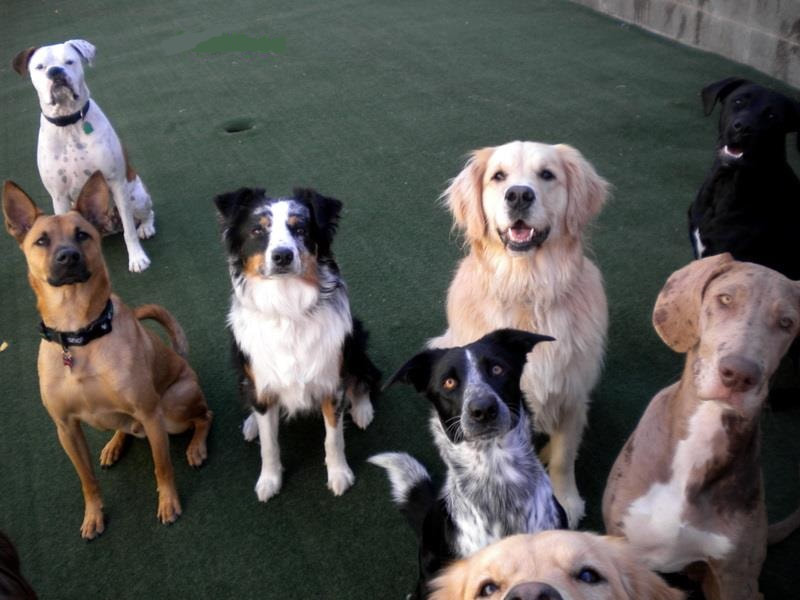Table Scraps
Be Careful . . .
A lot of people think that dairy is bad for dogs but that’s not actually true. Dairy is just as beneficial to dogs as it is to people. The problem comes when your dog isn’t used to getting it (which again, comes from the myth that you should only feed your dog kibble and nothing else). If a dog never gets any dairy his body will stop producing lactose, which is necessary to digest dairy. So if your dog eats dairy, chances are it’s just going to cause diarrhea. If you introduce dairy slowly, however, his body will start producing lactose again and he will be able to handle it just fine.
How I Supplement
Mornings
Evenings
Treats
Bones
Raw bones are a great and natural way to help keep your dog’s teeth healthy and clean without ever having to break the bank on dental cleanings at the vet! You do, however, generally want to make sure to avoid weight-bearing bones of large animals, such as cows. These bones are more dense than your dog’s teeth - and if your dog is an ambitious chewer he can easily end up breaking his teeth on them. It’s better to stick to rib and knuckle bones, bones from lambs, goats, pigs, etc. If you're looking for a great article on the benefits of bones and what bones to give your dog, check out: What Bones are Good for Dogs?



 RSS Feed
RSS Feed